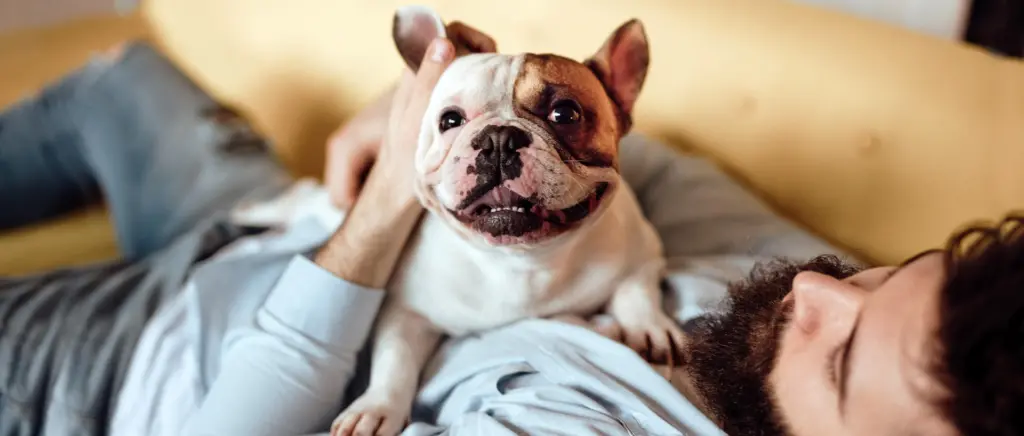We all know from experience that you can have too much of a good thing. The same applies to your pet and the food they love. With so many tasty dog food varieties from Kibbles ‘n Bits® available, how do you keep them on the healthy portion track without derailing at bingeville? First, be sure to check the on-pack feeding instructions for specific guidance on how to feed your dog. Then, the following tips and tricks can help.
Feeding times vary by age
Puppies tend to need more nutrients more often than older dogs do. Most sources suggest feeding puppies small portions three to four times a day. As they grow older, most pets only need to be fed around twice a day.
Don’t leave food out
Establishing clear mealtimes can help give your pet’s life some structure. For dogs, a mealtime routine can be helpful during house-breaking, as it helps establish a clear time for you to escort him outside to do his business.
Set a timer
Your mealtime routine for your dogs should include leaving the dish of food in front of them for around 20 minutes. This helps cement the idea that he needs to eat when you dictate, instead of being picky. This kind of timed approach also helps keep wet food from spoiling.
Feed their energy level
Depending on how active your pet is, he may need more or less food than the generally recommended portion size. A pet that lounges all day expends less energy and tends to need less caloric intake than one who runs around a lot. Exposure to hotter or colder temperatures could also require more or less energy, so the food you feed him should reflect the weather accordingly.
Portions vary by size
Although Kibbles ‘n Bits® dog food provides completed and balanced nutrition for adult dogs, in general, bigger animals generally need more fuel to power their bodies than smaller ones (though smaller breeds need more fuel per pound of body weight). Follow the feeding instructions and amounts per dog size from the package and ask your vet which portion size is right for your pet based on their size. Usually you can find portion suggestions by weight in the nutrition facts panel on most pet food packaging.
If you notice any fluctuations in your pet’s appetite, make sure to talk to your vet and get her recommendations for changes to their feeding routine. Bon appetit!
